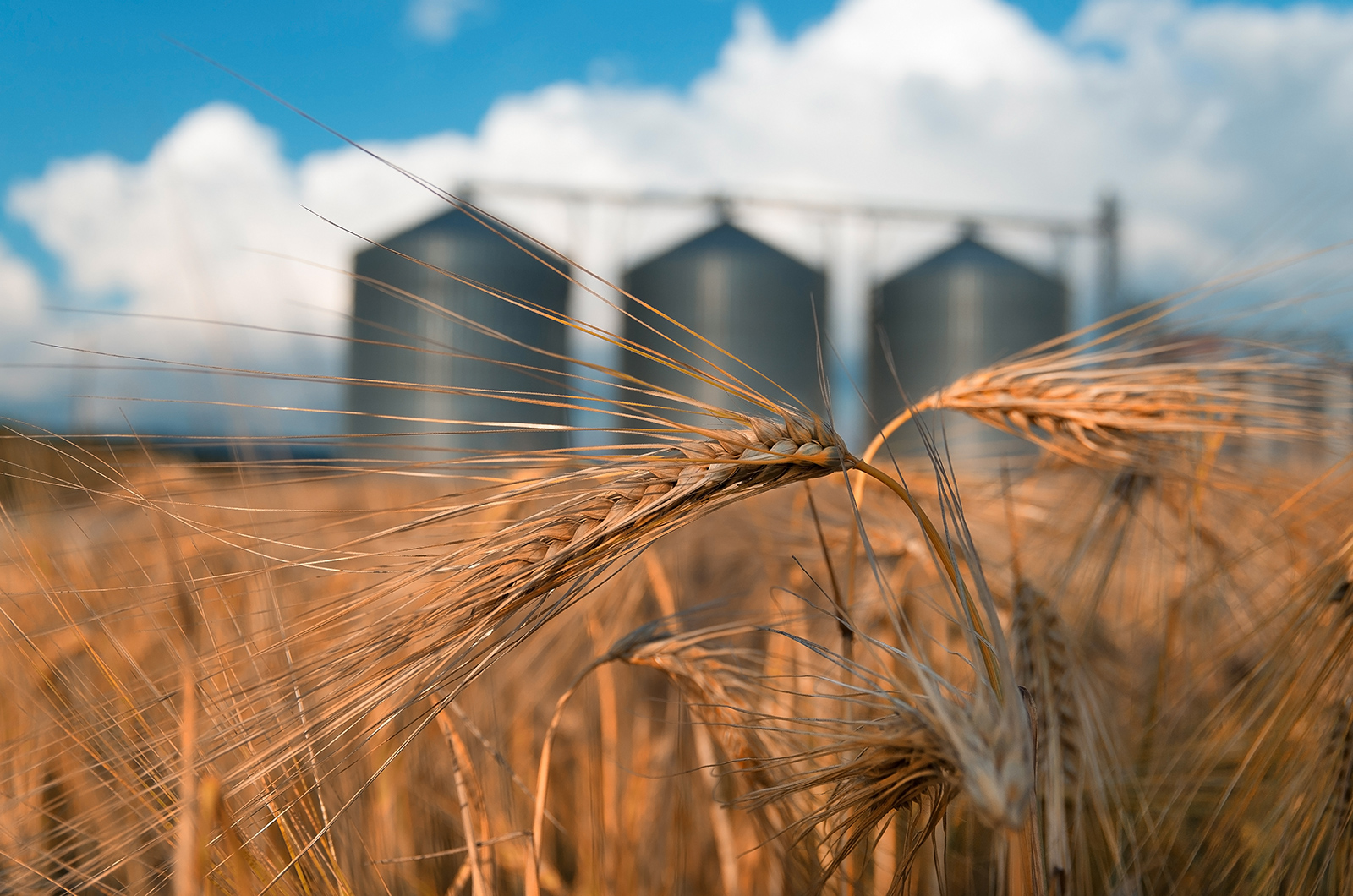Ever watched a silo sit idle while the world flipped upside down? I’ve stood there, coffee in hand, wondering how COVID-19 turned supply chains into a circus. At Molemaster.com, we’ve wrestled silo storage challenges through it all—pandemic or not. For starters, this mess hit hard: grain piled up, steel prices spiked, and bins begged for a breather. So, let’s dive into how it went down and what’s next.
The Pandemic Punch to Silo Storage
Silos act like overworked warehouses—when supply chains snag, they feel it first. Early 2020, for example, panic buying barely dented grain markets—most goes to fuel and livestock anyway. Instead, travel tanked, slashing fuel demand, as AgriLife Today pointed out. Meanwhile, China’s hunger for grain kicked prices up. I once saw a farmer grinning ear-to-ear—biggest harvest in years, nowhere to stash it. Then, in Australia, bumper crops sparked a shed revival—silos got a second wind, too.
Silo Storage Challenges: Building Under Pressure
Next came construction chaos. Steel prices soared in ’21—Metal Miner pegged a 4.5% jump in stainless costs, with raw steel climbing for months. Why? Producers idled mills when demand crashed, then scrambled when it roared back. For instance, I’ve seen silo projects stall—folks cursing budgets blown to bits. On the flip side, Fitch Ratings predicts steel easing by mid-’21. Thus, that’s your window to build or fix bins without breaking the bank.

Grain Gains and Storage Pains
Here’s the kicker: grain’s hot—soybeans, too. KFGO says farmers cashed in as China and governments stockpiled, tightening global food supplies. Besides, that could mean oversupply by ’22 or ’23—silos stuffed to the gills. Analysts see a 4.8% growth spike for silo markets, per PR Newswire, with North America leading the charge. On top of that, flat-bottom bins are the fastest climbers. In fact, I’ve watched that pile up firsthand.
Riding Out the Storm with Mole Master
Anyway, these silo storage challenges aren’t fading fast. Steel’s rebounding, grain’s booming, and bins need TLC to keep up. Got a silo straining under the load? After all, we’ve got your back—hit molemaster.com or call 1-800-322-6653. For real, we’ll swap stories over coffee and sort it—check AgriLife Today for more market grit, too.

